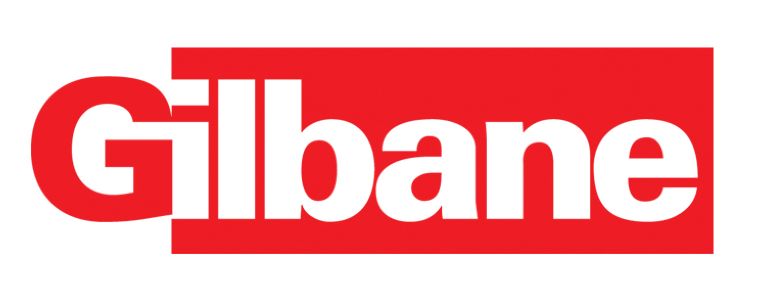Gilbane Building Company announced the promotion of two new executive vice presidents to its leadership team. Dennis Cornick and Thomas Laird have joined Gilbane's executive ranks to further the company's efforts toward continued growth both domestically and internationally.
A 22-year veteran of Gilbane, Dennis Cornick has been named executive vice president and national director of sales and marketing. In this position, he will help drive the growth of the organization and set strategies to complement Gilbane's operational excellence efforts.
Cornick has a long track record of success at both the regional and national levels. He has served as a senior vice president and national
director of sales and marketing for the last several years. As an EVP, Cornick will continue to champion a robust one-company approach to sales and national accounts.
Thomas Laird has also been promoted to executive vice president. Laird will continue to be responsible for Gilbane's Central region, which has
enjoyed significant growth under his leadership, and will now also assume operational responsibility of the Midwest and Delaware Valley regions as well as Gilbane's CAT Response consulting service.
Laird is a 27-year veteran of Gilbane who joined the company as a management trainee in 1986 and progressed through a number of
construction operations and leadership assignments, including regional manager of business development in the Mid-Atlantic Region, district manager in the Cleveland office and vice president, regional manager of Gilbane's Central region and senior vice president. +
Related Stories
Architects | Apr 19, 2017
Tour Zaha Hadid, Frank Gehry architecture with Google Earth
Google Earth’s new ‘Voyager’ feature allows people to take interactive guided tours.
Multifamily Housing | Apr 18, 2017
Three multifamily, three specialized housing projects among 14 recipients of the AIA’s 2017 Housing Awards
2017 marks the 17th year the AIA has rewarded projects and architects with the Housing Awards.
Projects | Apr 17, 2017
BD+C's 2017 Design Innovation Report
Façades that would make Dr. Seuss smile, living walls, and exterior wall space that doubles as gallery space are all represented in this year's BD+C Design Innovation Report.
Healthcare Facilities | Apr 13, 2017
The rise of human performance facilities
A new medical facility in Chicago focuses on sustaining its customers’ human performance.
Laboratories | Apr 13, 2017
How to design transformative scientific spaces? Put people first
While most labs are designed to achieve that basic functionality, a transformational lab environment prioritizes a science organization’s most valuable assets: its people.
Hotel Facilities | Apr 12, 2017
Hotels embrace place
Today’s hospitality environments emphasize unique, localized experiences to attract and engage guests.
Green | Apr 11, 2017
Passivhaus for high-rises? Research demonstrates viability of the stringent standards for tall residential buildings
A new study conducted by FXFOWLE shows that Building Teams can meet stringent Passivhaus performance standards with minimal impact to first cost and aesthetics.
Curtain Wall | Apr 11, 2017
Masters of geometry
Three firms that specialize in façades that curve, twist, and turn see themselves as artisans of the unthinkable.
Office Buildings | Apr 10, 2017
Innovation lab makes developing eye care solutions a collaborative affair
The Shop East innovation lab presents 13,500 sf of workspace across two floors with an emphasis on collaboration.
















